Despite being one of the foremost documentarians of late-20th-century music, Brian Griffin is not sentimental about his role in cataloguing many of his era's biggest names.
“I’m pragmatic,” he says. “I just wanted to expand my subject matter. I was doing portraiture for business publications. This was ’77, post-punk; so a lot of them were dressing in suits, a little like the guys I was photographing for business magazines. I thought, Why not photograph some of these bands? They looked a bit like businessmen then.”
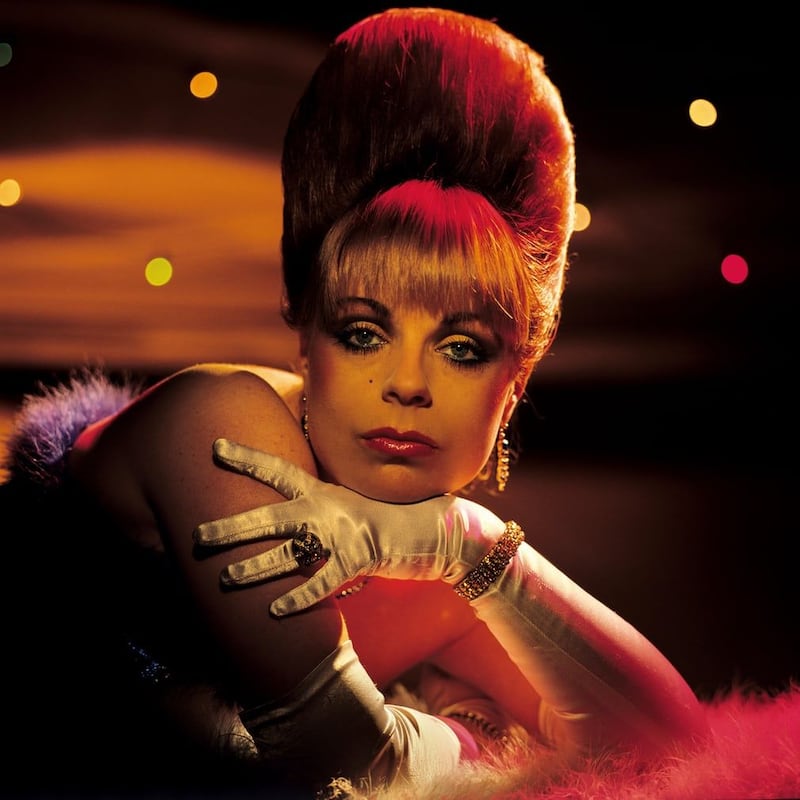
We’re speaking on the eve of a major retrospective of his work at this year’s Belfast Photo Festival, where his iconic imagery of the period will be collected in one place for the viewing public.
The resulting show, Pop, takes its title from his book of the same name, and pulls together shots of everyone from Elvis Costello and Iggy Pop to Depeche Mode and Kate Bush, not to mention nearly every major musical player of the time in between.
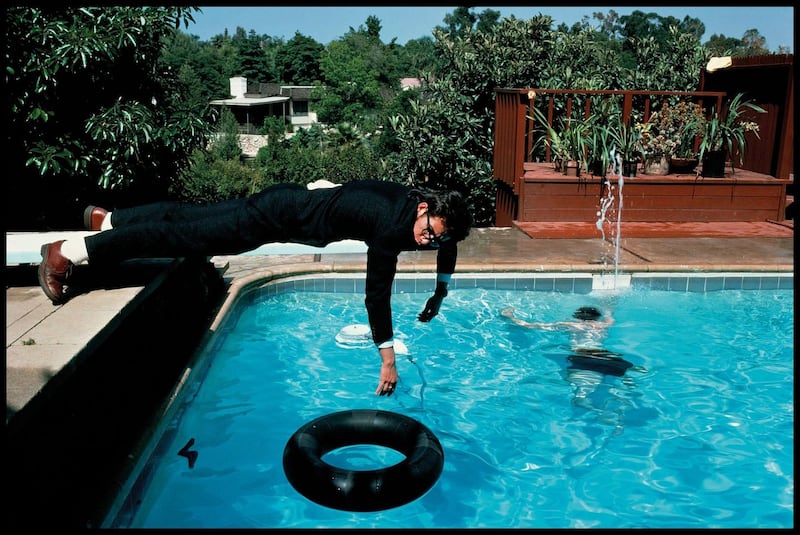
Some of the photographs are early, formative snaps of much-loved figures, imagery that has stayed with them ever since. His work with Elvis Costello was rejected by his employer, the Sunday Times, but was subsequently bought by the singer's management and used on his releases for years afterwards.
“They ended up on two album sleeves, inner sleeves, press shots, everything.”
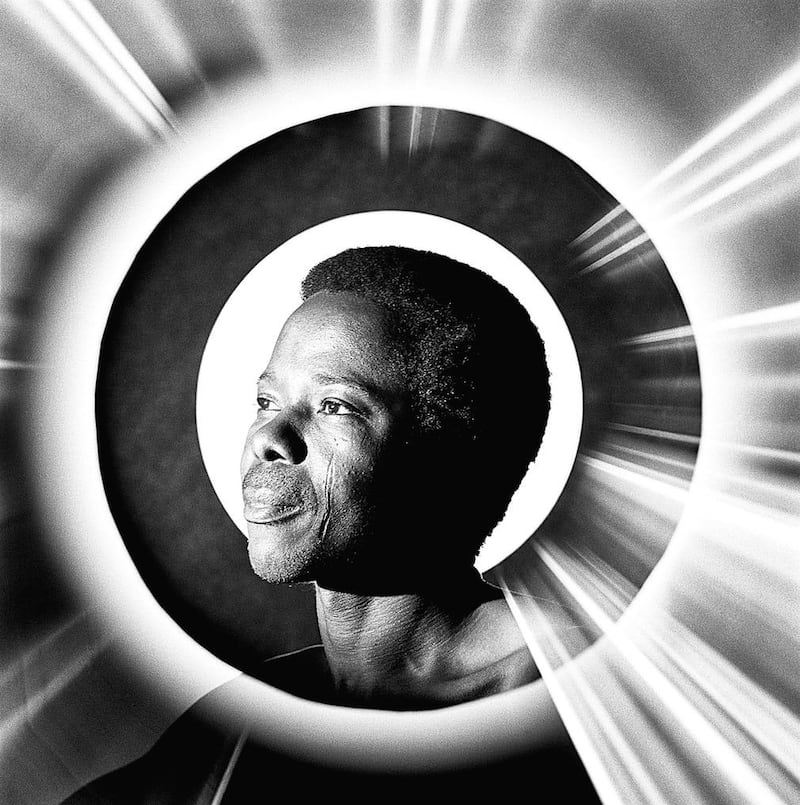
Similarly evocative is the barbershop photocall he did with The Specials ahead of their first record, a series of images so iconic they’ve accompanied every retrospective of their work for 40 years, but perhaps none are so emphatic as the shots he took of Iggy Pop. Wild, feral and mannered, they seem like foundational texts for his later cult image.
“You always had to call him Jim. You couldn’t call him Iggy, he’d be very angry if you did,” says Griffin. “He was, ahem, because of his ‘lifestyle’ at that time, very, very energetic and exhausting to work with – and you can put that between inverted commas.
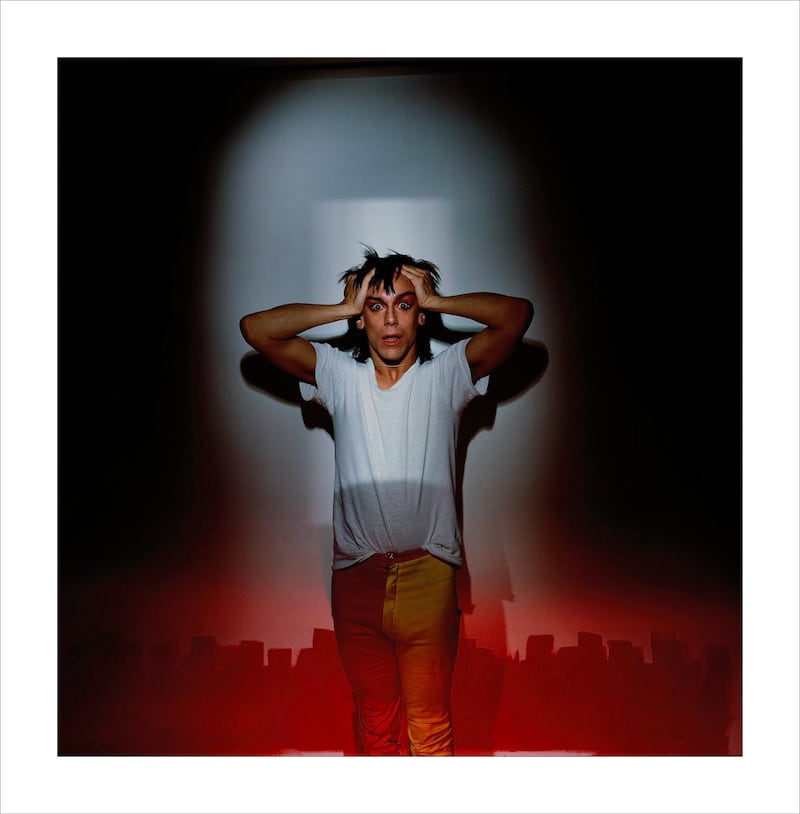
"The shocking part was when he came to see all the photographs, he was just the opposite; a senior schoolteacher dressed immaculately, with a large hardback under his arm, wearing horn-rimmed glasses. He just completely freaked me out. It was like talking to my maths teacher in grammar school. So conservatively dressed in lovely pressed shirt and lovely smart trousers and brogues.
“He was just schizophrenia to the ultimate degree, in terms of physicality, attitude and professionalism.”
Growing demand
As demand for Griffin’s work became greater, and his technical and artistic expertise made him one of the most in-demand rock photographers on Earth, his work wasn’t just adorning album covers, liner notes and Sunday supplements but homes, gallery walls and, in the case of one record sleeve, becoming a little piece of art history.
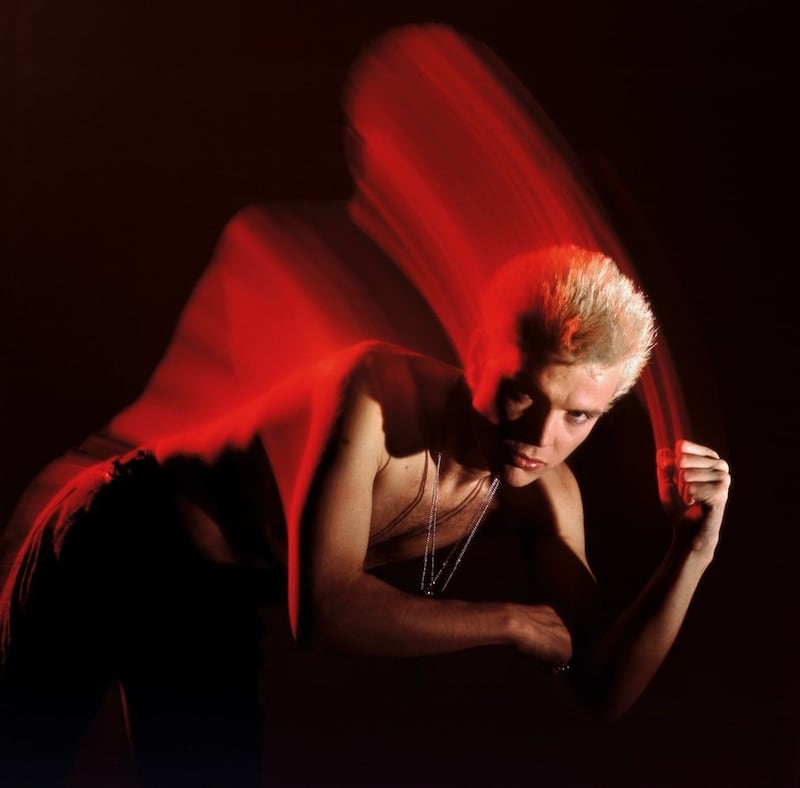
"Depeche Mode and I sat down and spoke about A Broken Frame," he says of the iconic image of a worker in a field, composed for the band's 1982 album. "I've always been fond of photographing the worker. I've done a lot of famous photographs in my career, through the 1970s of workers, businessmen and industrial workers and that. The Depeche Mode cover seemed to veer that way because the band saw that as my strength, I think. Although she's a woman in a field, she's a worker, with a working tool in her hand. After that, it became the most famous colour photograph on Earth basically, because it was on the front cover of Life magazine in '89".
It was, in fact, on the cover of Life's Best Photographs of 1980-1990, singled out for its strange, painterly effect and haunting, otherworldly colours. I note that for many years, I myself thought the image was a painting.
“A lot of people did,” he assures me. “But then all my work, all my career, I’ve been inspired by painting. I’ve spent a lot of time and a lot of effort looking at it, to the point I’m almost an authority on art movements because I’ve spent all my life studying them. Some of my work is very inspired by figurative fine art”.
Impressive range
All in all, Pop represents a dizzying array of well-known works, all the more incredible for having been the work of one man. When I ask about the sheer range of his work in the period, Griffin appears to affect a similar bafflement at his volume of output.
“These covers and these shoots just kept coming,” he says in a tone so puzzled it suggests he never took stock of this workload at the time. “It was literally like I was working in a factory and they were coming down the conveyor belt. I’d do my little bit, like a car worker bolting on the side doors or the boot, or a wing mirror down the production line. I had to fix them, whether I liked the music or not. My job was to take the strongest picture I possibly could, you know.”
And did he like the music?
“Um,” he pauses, “I didn’t always actually, to be honest, but my job was to take a strong photograph that would sit in a record shop and sell. Whoever it was, I’d treat every single artist or band the same; I wanted to sell their records.”
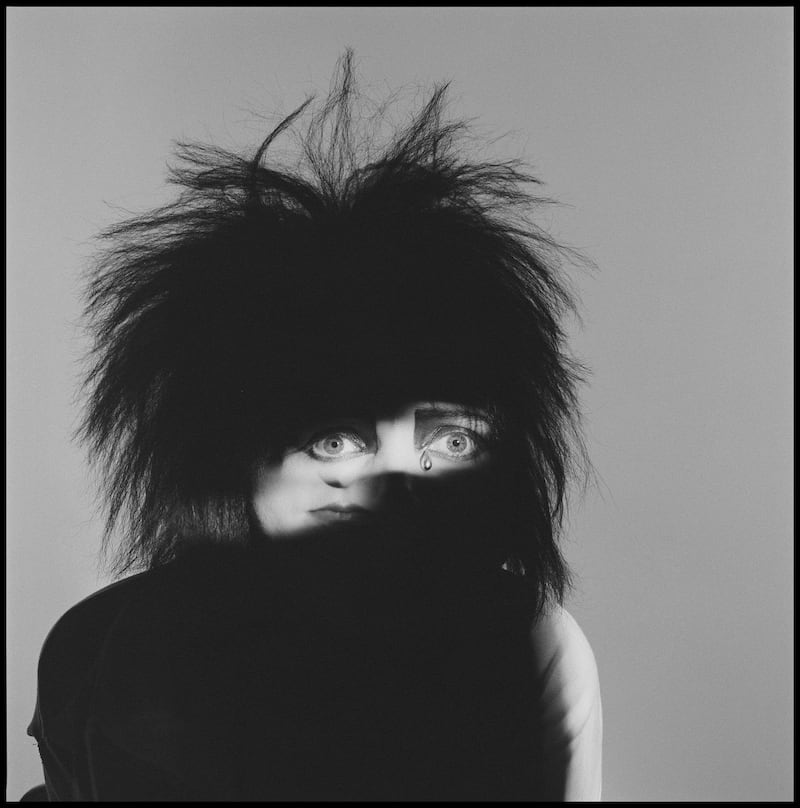
As Griffin attests, the art of the album cover was much more than artistic expression or aesthetic choice. "We have to put this into context," he says. "It was a time before social networks, so what sat in the record store window or shelf as you flicked through the As or Bs or Cs, that was what you had to stop people, to get them to notice. It was the only way an artist could sell records, apart from NME or Top of the Pops."
And, after nearly half a century’s worth of works, there’s one thing that still drives him forward.
“What excites me is when people have known me for a short or lengthy period of time, and then they realise that, in their lounge is a whole body of my work that has been sitting there and all they’ve done is drink pints with me, or whatever.
“I do like that, when people discover me as an everyday person that has, nevertheless, been part of their lives in some small way. That is a real kick.”
Pop is showing at the Crescent Arts Centre as part of the Belfast Photo Festival, June 17th-27th. Brian Griffin will be speaking today at a symposium exploring the evolving art of music photography from the 1970s to today's newest independent labels. belfastphotofestival.com












